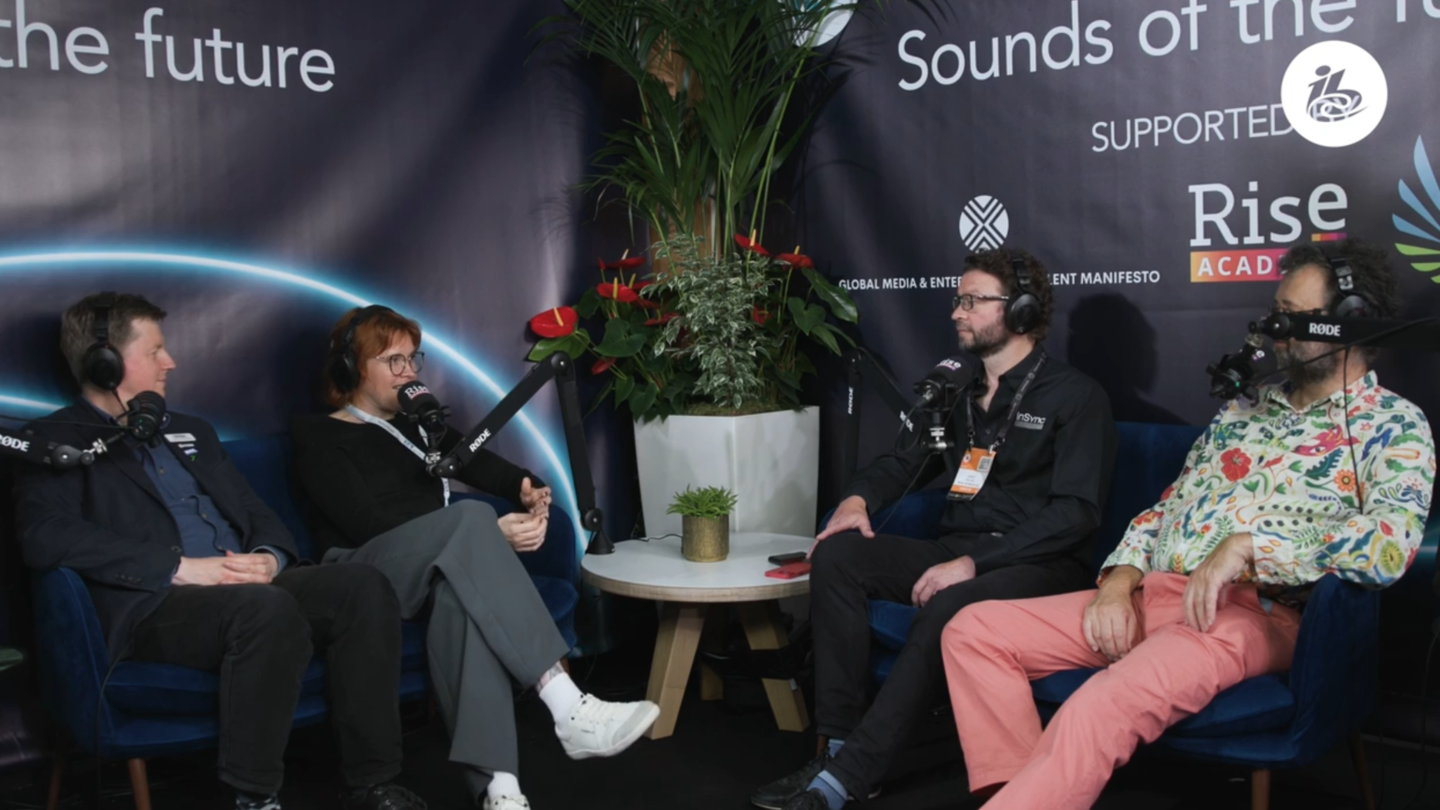The Connect & Produce Anywhere project is one of the eight Challenges in this year's cohort for the IBC2023 Accelerator Media Innovation Programme. The project is championed by DAZN, Sky Sports, BT Media & Broadcast, Vodafone Group, BBC, TV2, and the participants are LAMA, VizRT, Open Broadcast Systems, Zixi, InSync, Limitless, Singular.live, Google, Techex, Microsoft, AMD, Grass Valley and Verizon Business.
The Challenge
The specific challenge as stated on the project site is:
We’re starting to see a future where instead of driving big metal hardware up a motorway, we can click a mouse to virtually move a vision mixer to the cloud or edge compute at an event, allowing us to virtually deploy resources anywhere that best fit any given production.
Detaching people from the event location brought us the remote production. In this project, we want to detach software from hardware and deploy a distributed computing architecture between ground and cloud, exploring the benefits & challenges of such an approach.
The Challenge is to…
You are not signed in
Only registered users can read the rest of this article.

Poacher turned gamekeeper: Netflix rules, for now
Netflix raids Hollywood to land a giant of old media, but having offered billions over the odds for ageing IP, would a smarter play have involved the creator economy?

Truth in the age of deepfakes: Building trust in the human-machine era
As deepfakes become prevalent throughout the media industry, experts at the BBC, Guardian, and ITN wrestle with the implications of today’s unprecedented levels of disinformation and distrust.

Rory Peck Awards: Truth has never needed its defenders more
This year’s Rory Peck Awards was an affirmation that press freedom is in severe danger, that it has become a vicious fight to sustain that facts matter. George Jarrett reports.

Camerimage: “The time to be afraid of AI was two years ago”
The festival of cinematography remains political with the rise of AI and gender equality bubbling beneath the surface.
.jpg)
Content Everywhere: Disruptive forces in 2025, from AI to ROI and SGAI
Looking back over 2025 to date, it’s clear that AI continues to widen its role in the Content Everywhere ecosystem, and many companies are becoming more discerning about how and where the technology should be applied to streaming and video technology. Clearly, there is still much more to come, and much more to learn, but what have recent developments taught the industry to date?




